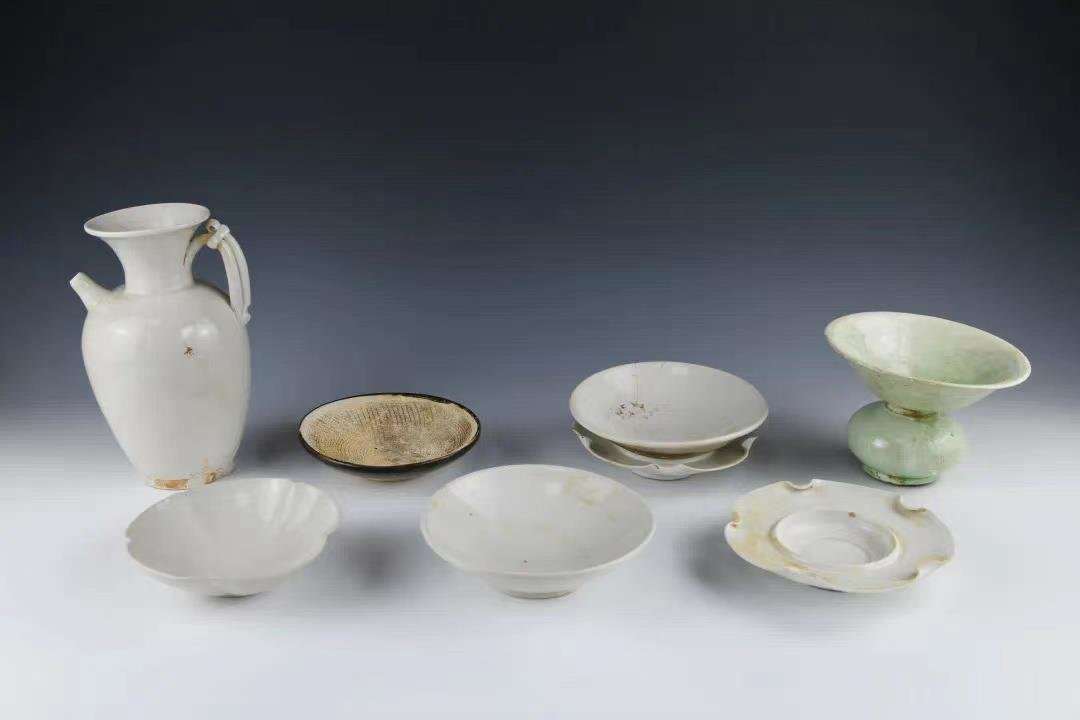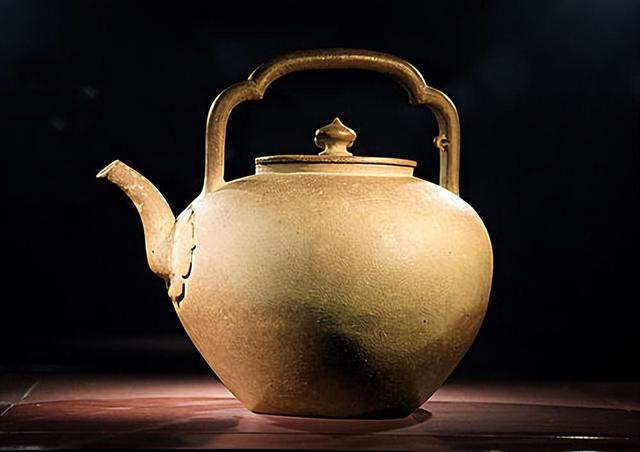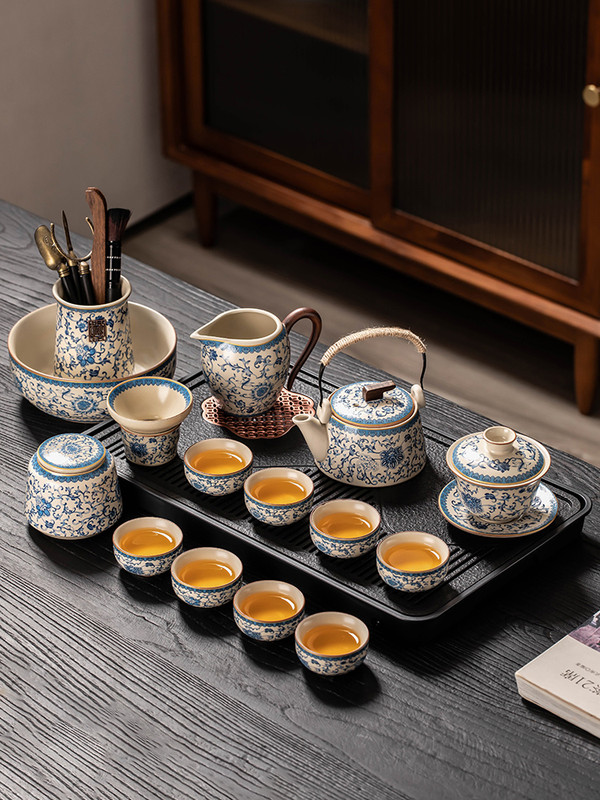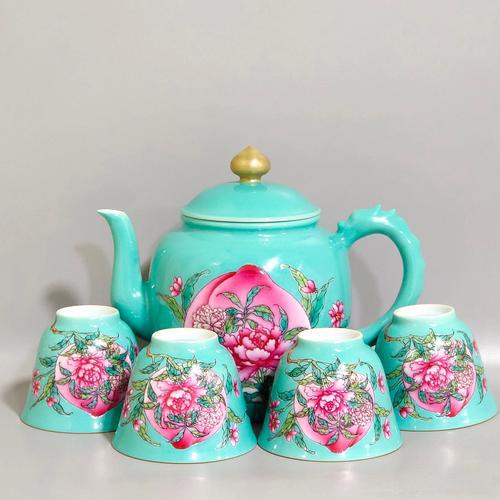The Tang Dynasty (618–907 CE) marked a watershed in the evolution of tea utensils, transforming them from mundane kitchenware to symbols of cultural refinement and spiritual pursuit. This era saw tea transition from a medicinal herb to a ceremonial beverage, a shift paralleled by the specialization and artistic elevation of tea tools. Rooted in practicality yet imbued with philosophical depth, Tang tea utensils became canvases for expressing Confucian ritual, Taoist harmony, and Buddhist mindfulness.

1. The Dawn of Tea Specialization: From Multi-Use to Dedicated Tools
Prior to the Tang Dynasty, tea was often prepared in vessels shared with food or wine, as evidenced by archaeological finds like the Eastern Han Dynasty (25–220 CE) ceramic jar inscribed with the character “tea” (荼). However, the Tang era’s economic prosperity and cultural exchanges, particularly with Buddhist monasteries where tea was consumed for meditation, accelerated the demand for dedicated utensils.
The pivotal text The Classic of Tea (760–780 CE) by Lu Yu codified the first standardized tea ceremony, detailing 24 specialized tools. Among these, the wind furnace (fenglu), designed with Taoist symbols of cosmic order, and the bamboo tea scoop (chashuo), prized for its ability to impart fragrance during baking, exemplified the fusion of aesthetics and function.
2. Material Innovation: The “Southern Green, Northern White” Paradigm
Tang craftsmen pioneered breakthroughs in ceramic technology, establishing the famed “southern green, northern white” dichotomy. Southern kilns like Yue ware (越窑) produced jade-like celadon tea bowls, while Northern Xing ware (邢窑) perfected luminous white porcelain. The Yue ware “jade-disk” bowl, with its shallow, wide form, became the archetype for appreciating tea’s color and aroma.
For imperial use, gold, silver, and glass symbolized opulence. The 1987 discovery of the Famen Temple treasure trove revealed Tang Xizong’s silver tea set, including a gilded silver tea caddy adorned with flying geese—a testament to the era’s metallurgical mastery. Even lacquerware evolved, with craftsmen developing techniques to seal bamboo utensils against moisture, as seen in the lacquer-ringed tea scoop mentioned in historical records.
3. Ritual Precision: The 12-Step Tea Ceremony
Tang tea preparation involved 12 meticulous steps, each requiring specialized tools:
- Roasting & Grinding: Tea cakes were dried over charcoal in a silver tea cage, then crushed with a six-pronged iron pestle and sieved through a silk-mesh tea sifter.
- Boiling & Frothing: Water was heated in an iron kettle (fu), with temperature controlled using a bamboo stirrer to create the ideal “crab-eye” bubbles. Salt, stored in a lotus-shaped silver salt cellar, was added to balance bitterness.
- Serving: The frothy tea was ladled into Yue ware bowls using a long-handled silver spoon, with沫饽 (mo bo, “tea foam”) distributed evenly—a skill praised in Tang poetry.
This process, requiring up to 40 utensils, transformed drinking into a meditative art.
4. Cultural Synthesis: Buddhism, Taoism, and Confucianism in Clay and Metal
Tang tea utensils became vessels for philosophical expression:
- Buddhist Influence: Monasteries like Famen Temple commissioned sets featuring lotus motifs, reflecting tea’s role in Chan Buddhist “tea-and-Zen” practices.
- Taoist Aesthetics: The wind furnace’s trigrams and cloud motifs echoed Taoist cosmology, while bamboo tools symbolized humility and resilience.
- Confucian Ritual: The “seven-piece” tea set (including碾子, 羅合, and 茶則) mirrored Confucian order, with each tool’s size and placement prescribed to reinforce social harmony.
5. Legacy: From Tang Courts to Global Culture
The Tang tea tradition spread via the Silk Road, with Japanese monks like Saichō bringing back entire tea sets, including the chawan (tea bowl), which later evolved into the Japanese tea ceremony. In Europe, Dutch traders encountered Tang-style porcelain in the 17th century, sparking a centuries-long obsession with “white gold.”
Modern archaeologists continue to uncover Tang tea utensils, such as the 2021 discovery of a celadon tea bowl in Shandong, inscribed with a poem celebrating tea’s “bitter truth and sweet aftertaste”—a metaphor for life itself.
Conclusion: A Civilization Brewed in Ceramic
Tang Dynasty tea utensils represent more than craftsmanship; they are archives of a civilization’s intellectual and spiritual quests. By marrying utility to artistry, they transformed a humble leaf into a cultural lingua franca, one whose echoes resonate in modern tea ceremonies from Kyoto to London. As the Tang poet Lu Tong wrote, “The first bowl moistens my lips; the seventh transports me to paradise”—a journey enabled, in no small part, by the era’s revolutionary tea tools.



